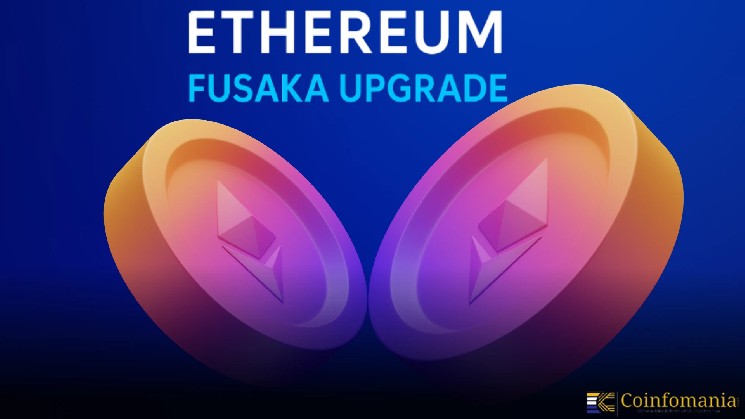On the 26th of September 2025, at 06:48 UTC, Ethereum client Nimbus released version v25.9.1 according to blockchain news outlet Wu Blockchain (@wublockchain12). On the mainnet, the update has low urgency but on Hoodi, Sepolia, and Holesky testnets, it has high urgency. This is because the next Fusaka fork is imminent, and it will be activated in testnets in the following month.
吴说获悉,以太坊客户端 Nimbus 发布 v25.9.1 版本。该版本在主网上属于低紧急度更新,但在 Hoodi、Sepolia 和 Holesky 测试网属于高紧急度更新,原因是这些网络即将进行 Fusaka 分叉。https://t.co/i3FypWA6gV
— 吴说区块链 (@wublockchain12) September 26, 2025
Status.im created Nimbus, which has a reputation of being lightweight and concentrating on the efficiency of the validator. It now serves 6 to 8 percent of Ethereum validator clients, based on Ethereum Foundation client diversity reports.
Why Testnets have High-Urgency Upgrade
It is urgent since the Fusaka fork will soon happen on three testnets. The scheduled timeline is:
- Holesky: October 2, 2025
- Sepolia: October 16, 2025
- Hoodi: October 30, 2025
Mainnet activation will only happen after November 29, 2025, at least 30 days since Hoodi was forked. According to the information given by Ethereum.org, Holesky now has approximately 200000 validators, Sepolia has 50000, and Hoodi has 10000. Unless the validators have updated to Nimbus v25.9.1 by these dates, they will lose connection with the new protocol rules and be unable to operate, causing downtime and lost attestations. Although testnets do not normally incite slashing, the update is very important in order to maintain test stability prior to rollout on a mainnet.
Technical Information Nimbus v25.9.1
Nimbus has been a long-time client of resource-constrained settings. According to data on Miga Labs 2025 hardware research Nimbus needs:
- CPU: ~0.5–1 core per validator
- RAM: ~300–500 MB
- Storage capacity: 50 to 100 GB of blockchain information.
Nimbus is lighter compared to Prysm (23 CPU cores, approximately 1 GB RAM), Teku (approximately 800 MB RAM) and can be used by solo stakers. The v25.9.1 release itself adds support of Fusaka fork rules. It is low urgency on mainnet indicating that there are no urgent changes in consensus. But on testnets, it will keep validators up to date with the changes in consensus rules.
What Is Fusaka Fork
The Fusaka fork is the next upgrade in the post-Merge upgrade cycle of Ethereum, which has been upgraded with Altair, Bellatrix, Capella, Pectra, and others. The upgrade is centered around:
- Execution Layer- Consensus Layer interface enhancements.
- Scalability recommended changes to be ready to shard further.
- Slashing risk optimization by throughput optimizing the validator performance.
- These features have been verified by the Ethereum Foundation on community forums, such as EthStaker, and community GitHub conversations.
Validity of the Sources and Credibility
Wu Blockchain, a Chinese crypto news platform, with over 500,000 followers on X, was the first to report the update and has a history of reporting developments in Ethereum accurately. The release and urgency rating of v25.9.1 are verified by cross-validation with Nimbus releases and updates on Ethereum Foundation community. There are also additional performance data, provided by the Miga Labs (2025 hardware study) and ConsenSys validator guides, which makes it accurate.

